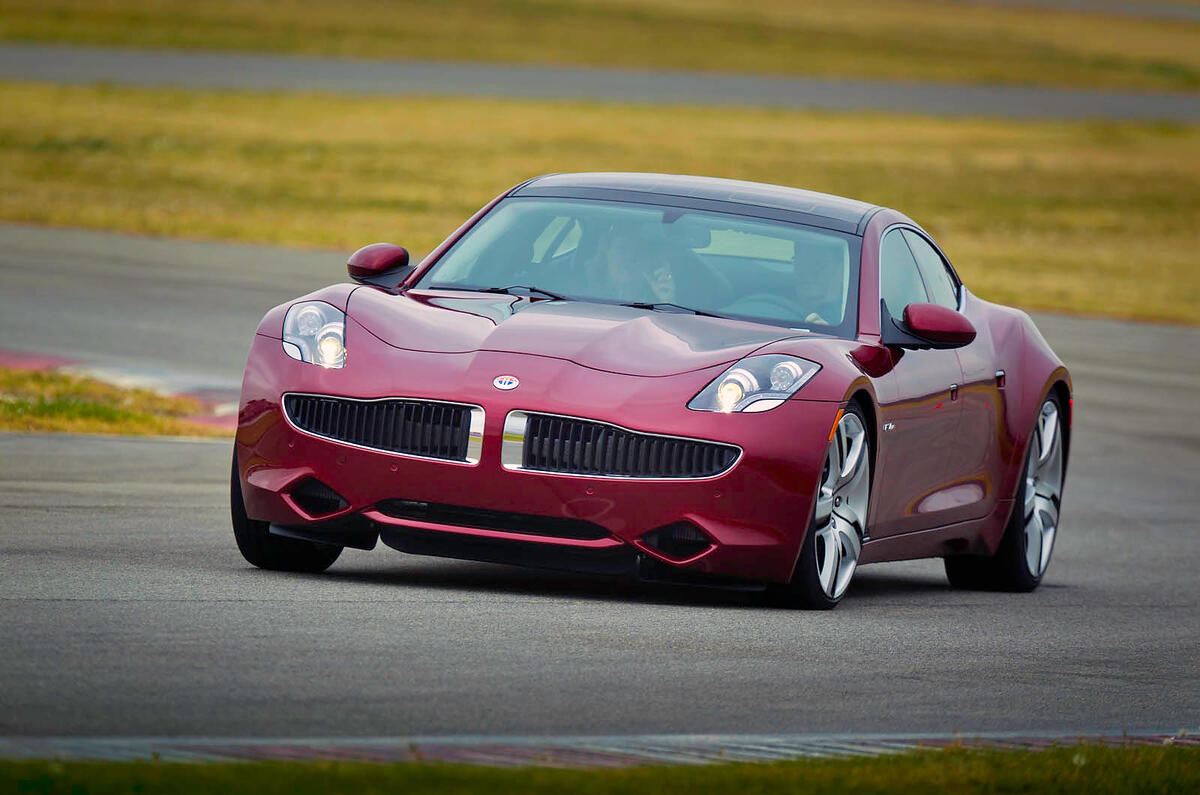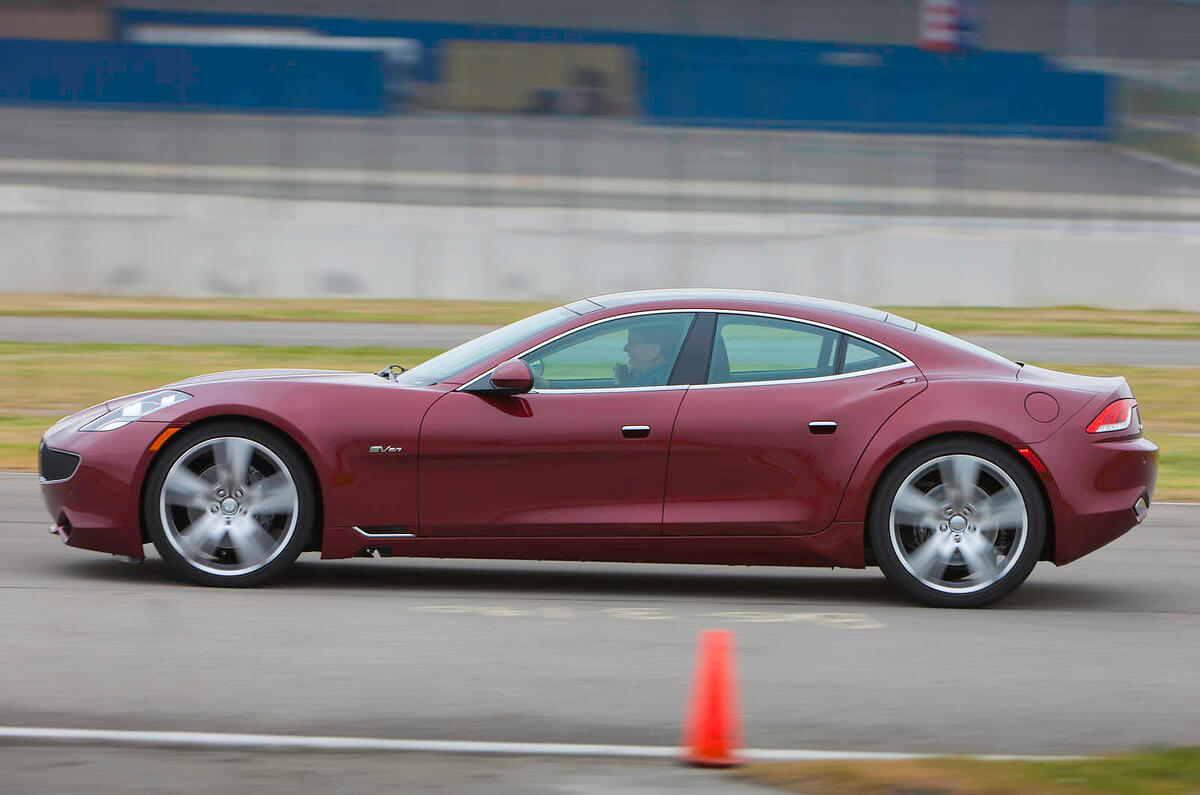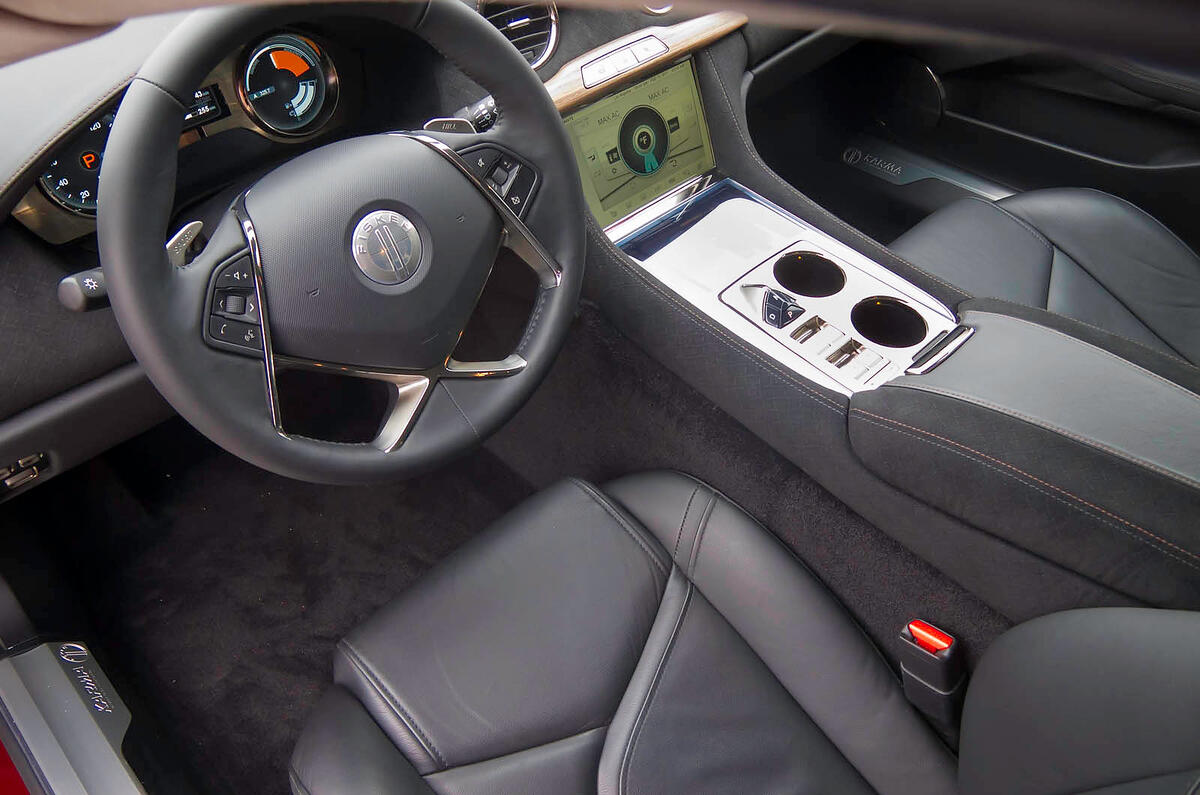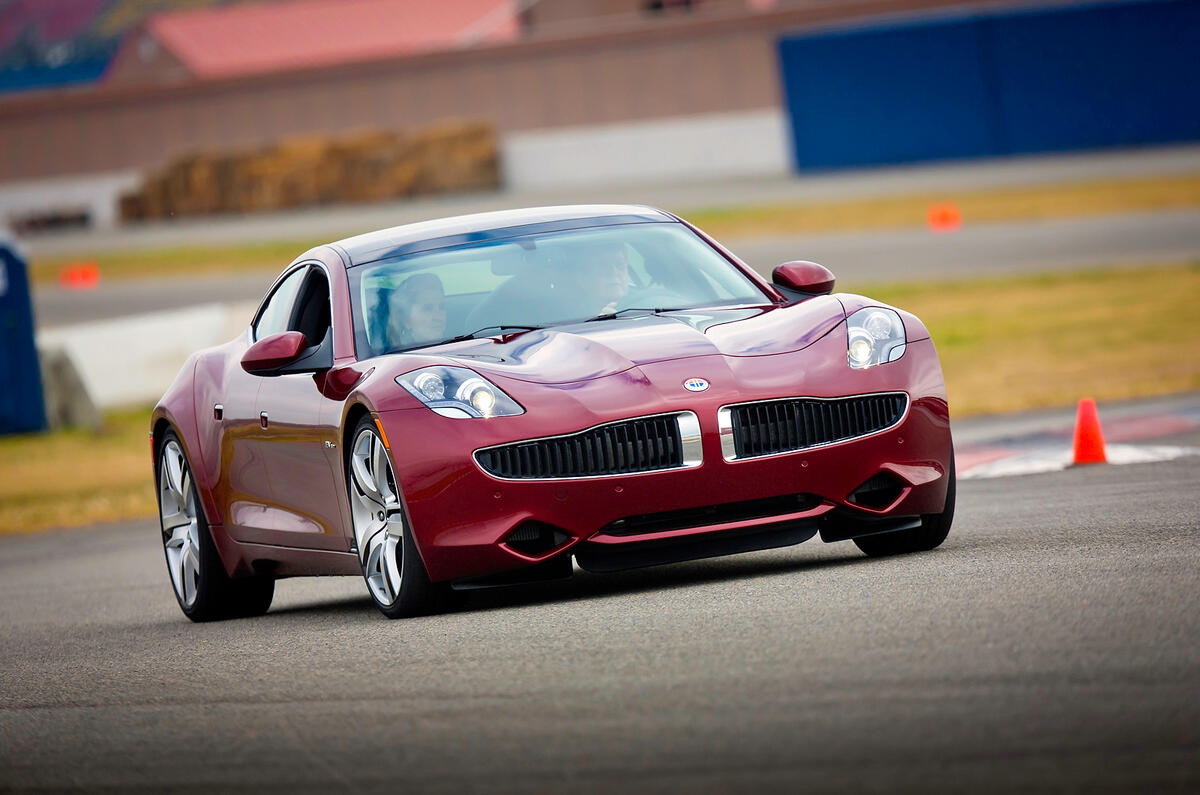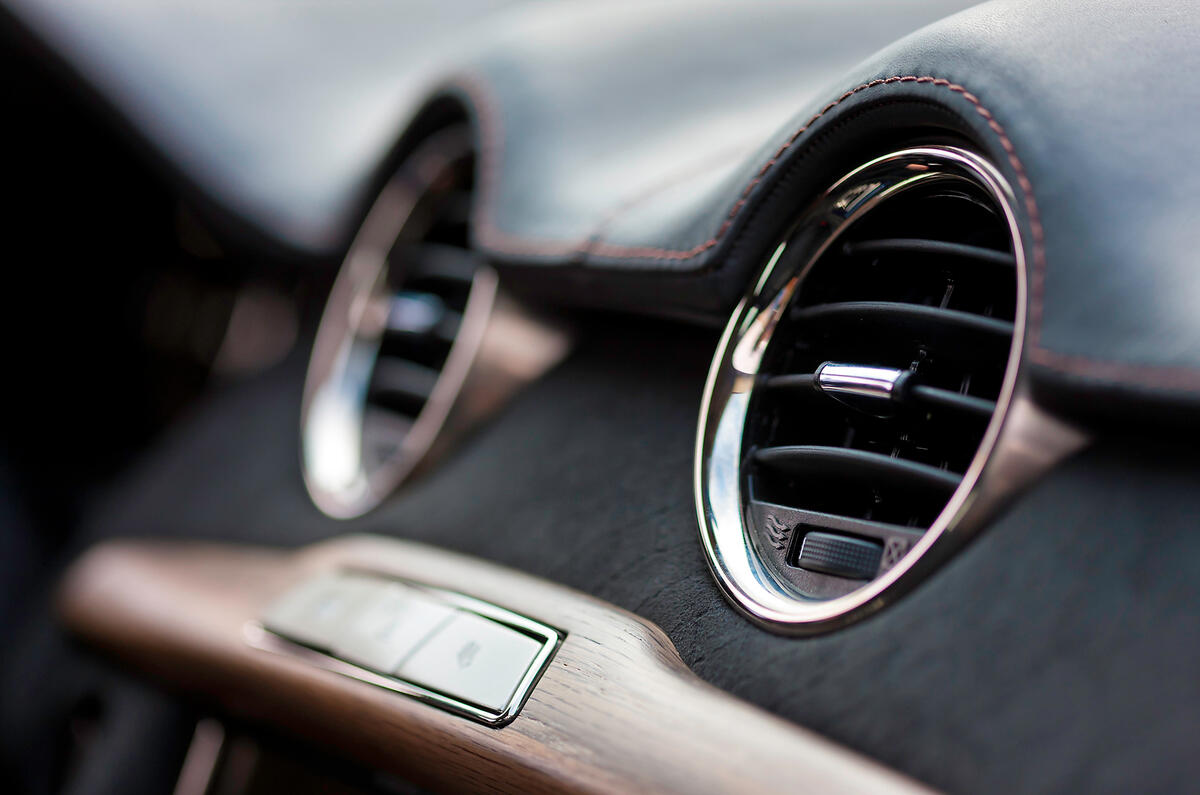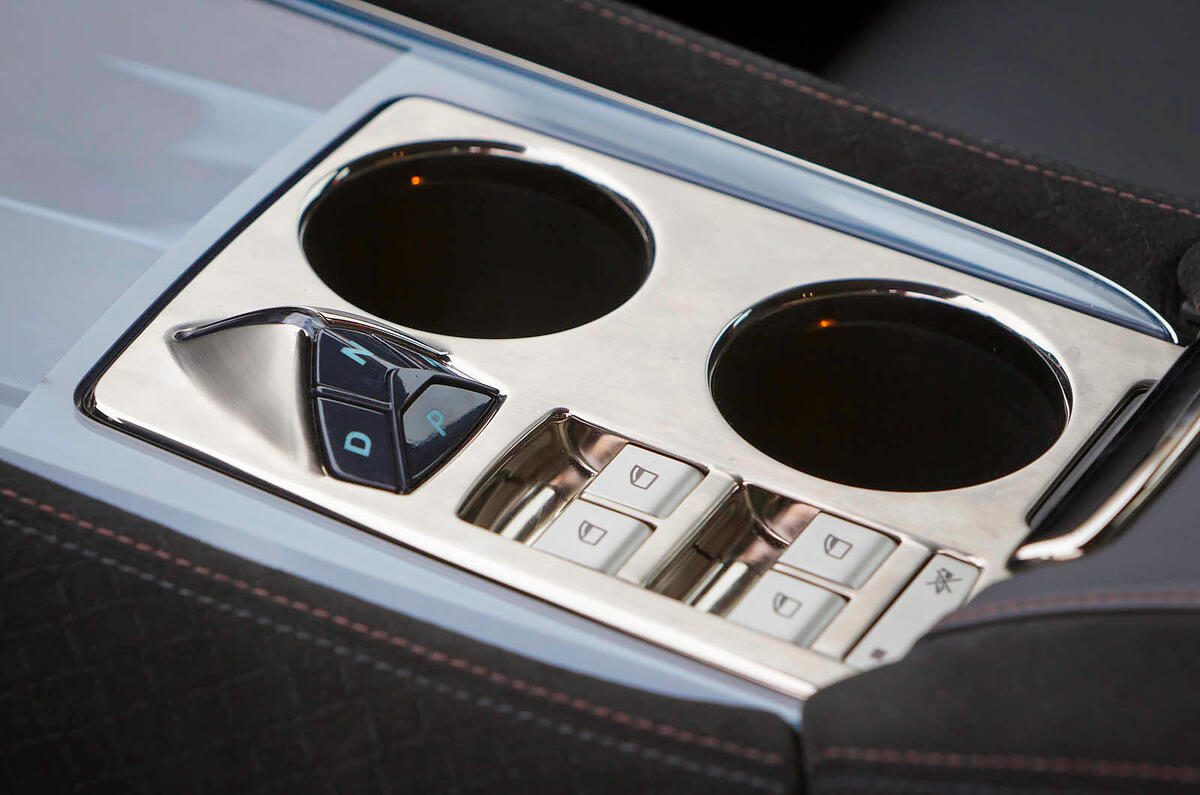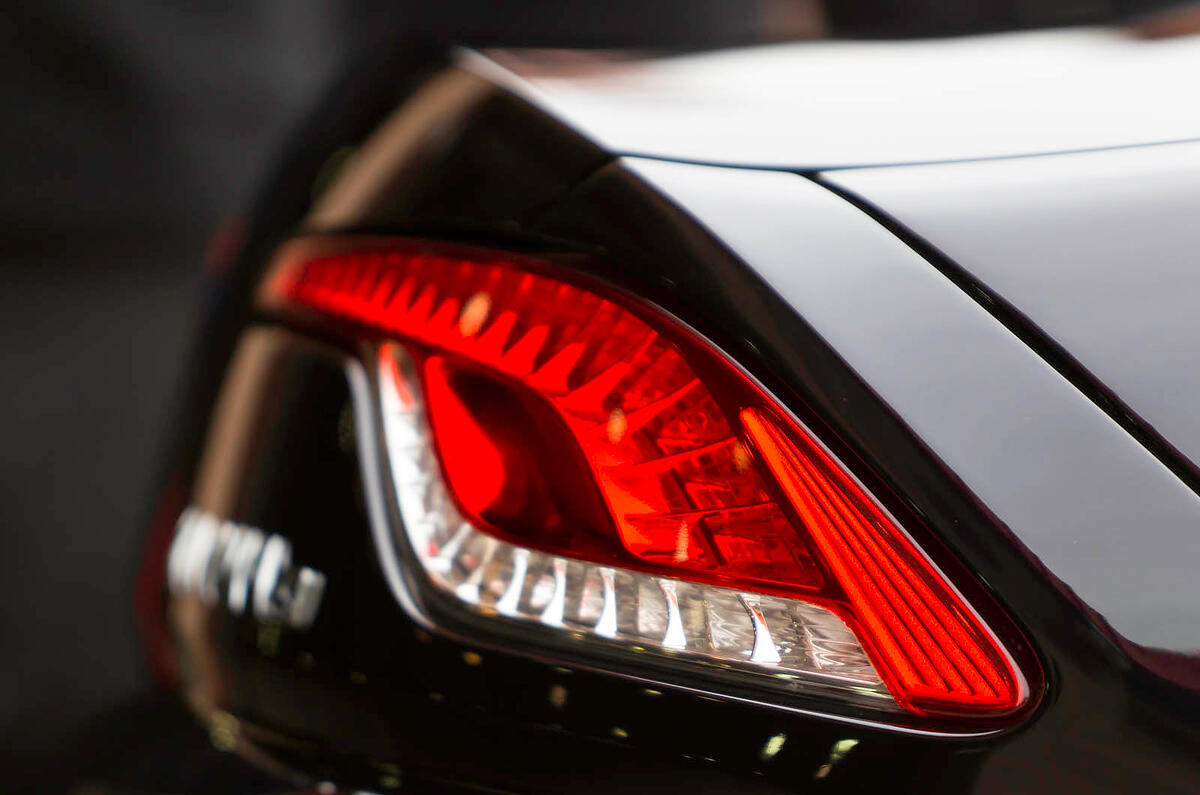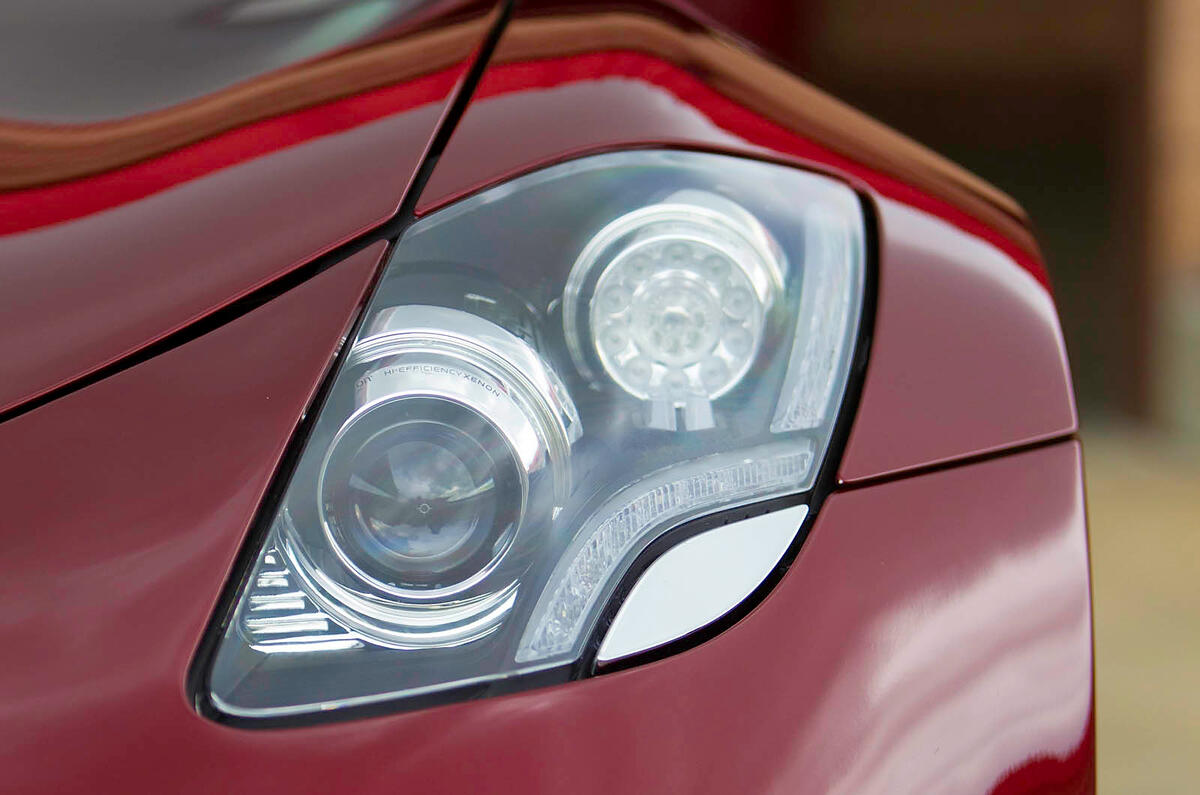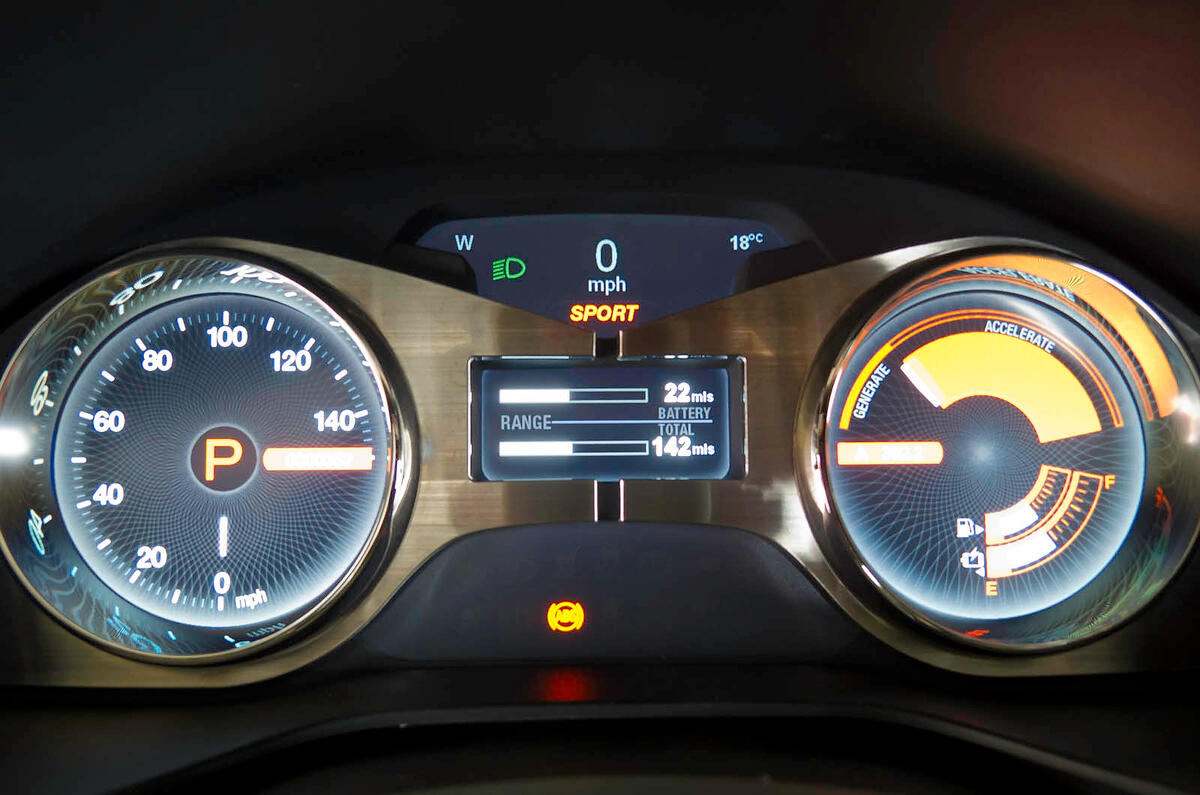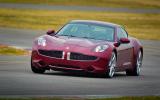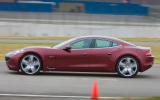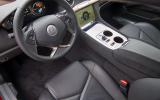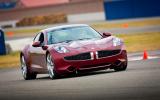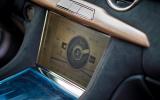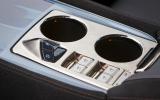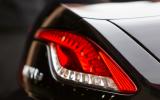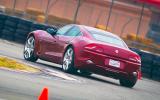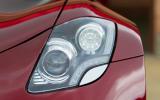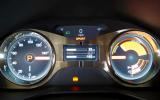The Fisker Karma is a luxurious petrol-engined four-door saloon with an electric range extender. Think of it as a Mercedes-Benz CLS with supercar looks and an engine similar to that of the Vauxhall Ampera or Chevrolet Volt.
The superlatives don’t end there: it was engineered in Los Angeles by a team headed up by former Aston Martin design chief Henrik Fisker and built at the former Porsche Boxster plant, owned by at Valmet in Finland. And it originally cost around £87,000.
Henrik Fisker was responsible for the BMW Z8 and Aston Martin Vantage, so it comes as no surprise that the Karma is an outrageous looking machine. If turning heads is your thing, the four-door Fisker will manage it better than anything else on the road.
The Karma is based around a bespoke aluminium spaceframe that carries a mid-mounted battery pack on its longitudinal spine, and a 2.0-litre, 260bhp petrol engine up front.
On battery power alone, the Karma can accelerate to 60mph in less than eight seconds, which is more than fast enough for the urban conditions in which it will likely be used most of the time. When the engine kicks in to drive the on-board generator, the 0-60 is slashed to 5.9sec.
A pair of 201.5bhp electric motors power the rear wheels; one forward and one aft of the single-speed limited slip diff.
Fisker has aimed to make the driving experience as straightforward as possible by minimising the number of controls on board. Press the start button, select D, choose from the electric-only Stealth mode or the engine-assisted Sport and the car creeps forward as a conventional auto. Pedestrians are warned the car is on the move by a synthesised sound, which Fisker calls Tron.


